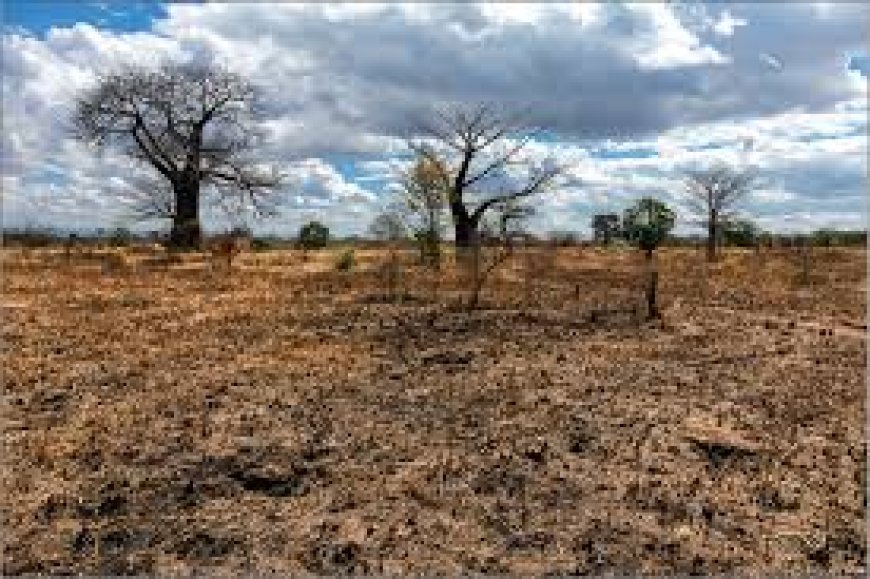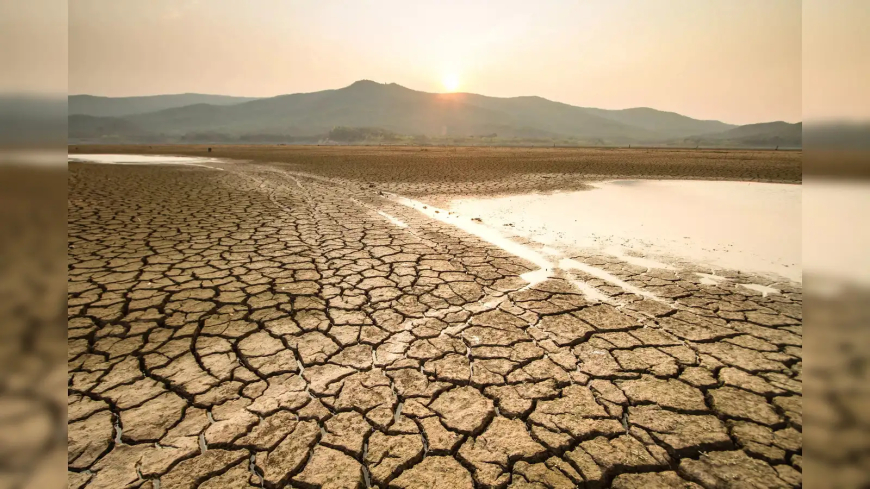Climate Risk and Insurance Tech: Africa’s Fintechs Step Up to the Climate Challenge

As climate change intensifies, Africa — the continent least responsible for global emissions — is facing some of the world’s harshest impacts. From devastating floods in Nigeria and Mozambique to prolonged droughts in Kenya and the Horn of Africa, climate shocks are disrupting livelihoods and threatening fragile economies.
By FinTech Review Africa Staff Writer
But amid the challenges, a new wave of fintech and insurtech innovation is emerging — using technology to help individuals, farmers, and businesses better manage climate risk.
1. When Weather Becomes a Financial Risk
For decades, African economies have been heavily dependent on agriculture, employing over 60% of the population. Yet, less than 3% of smallholder farmers have access to any form of insurance.

“Every time a drought hits, it wipes out not just crops, but creditworthiness,” explains Josephine Mwangi, founder of AgriSure Kenya, a Nairobi-based insurtech startup. “Without protection, farmers fall into a debt cycle that limits long-term growth.”
Enter climate-smart insurance tech — platforms that blend satellite data, AI weather modeling, and mobile payments to deliver affordable, accessible coverage to the underserved.
2. Tech-Driven Solutions: From Satellites to Smartphones
Across the continent, a new ecosystem of startups and development partners is reimagining how climate insurance works:
Pula (Kenya) uses satellite imagery and yield data to design index-based crop insurance, automatically triggering payouts when rainfall drops below thresholds.
aYo (South Africa/Uganda) integrates microinsurance into mobile money platforms, providing life and hospital cover for as little as a few cents a day.
Oko Finance (Mali) leverages blockchain and weather data to offer instant payouts directly to farmers’ phones when adverse weather is detected.
These innovations not only lower costs but also reduce disputes — removing the need for lengthy claim assessments in hard-to-reach rural areas.
3. The Investment and Policy Gap
Despite the promise, climate insurance in Africa still faces significant challenges.
Only a fraction of countries have national climate risk frameworks that integrate fintech or digital insurance systems. Investment also remains limited — less than 2% of global climate finance flows to insurtech ventures on the continent.
“Climate risk is both a humanitarian and a financial issue,” says Dr. Kwesi Aboagye, a risk economist based in Accra. “Without investment in insurance technology, we’re setting up communities for repeated financial collapse every time extreme weather hits.”
4. Building Resilience Through Data and Inclusion
Resilience, experts argue, depends on data. Many insurtechs are now partnering with telecoms, weather agencies, and banks to create shared data ecosystems that improve risk modeling.
In addition, mobile-based platforms are helping to bridge the gender gap in insurance access — with women farmers and small business owners increasingly covered through digital channels.
“Fintech is rewriting what financial protection looks like,” says Mwangi. “For the first time, insurance is not a luxury. It’s becoming a lifeline.”
5. The Road Ahead
As climate risk deepens, the intersection of fintech, insurtech, and sustainability will define the next phase of Africa’s financial innovation. Governments are beginning to notice — with Kenya, Ghana, and Rwanda exploring public-private partnerships to expand digital insurance coverage.
For fintech founders and investors, the opportunity lies not just in profit but in protection — building systems that enable communities to adapt, recover, and thrive amid climate uncertainty.
“Africa’s fintech story isn’t just about payments anymore,” says Dr. Aboagye.
“It’s about protection, resilience, and survival in the age of climate change.”

 Francis
Francis 





